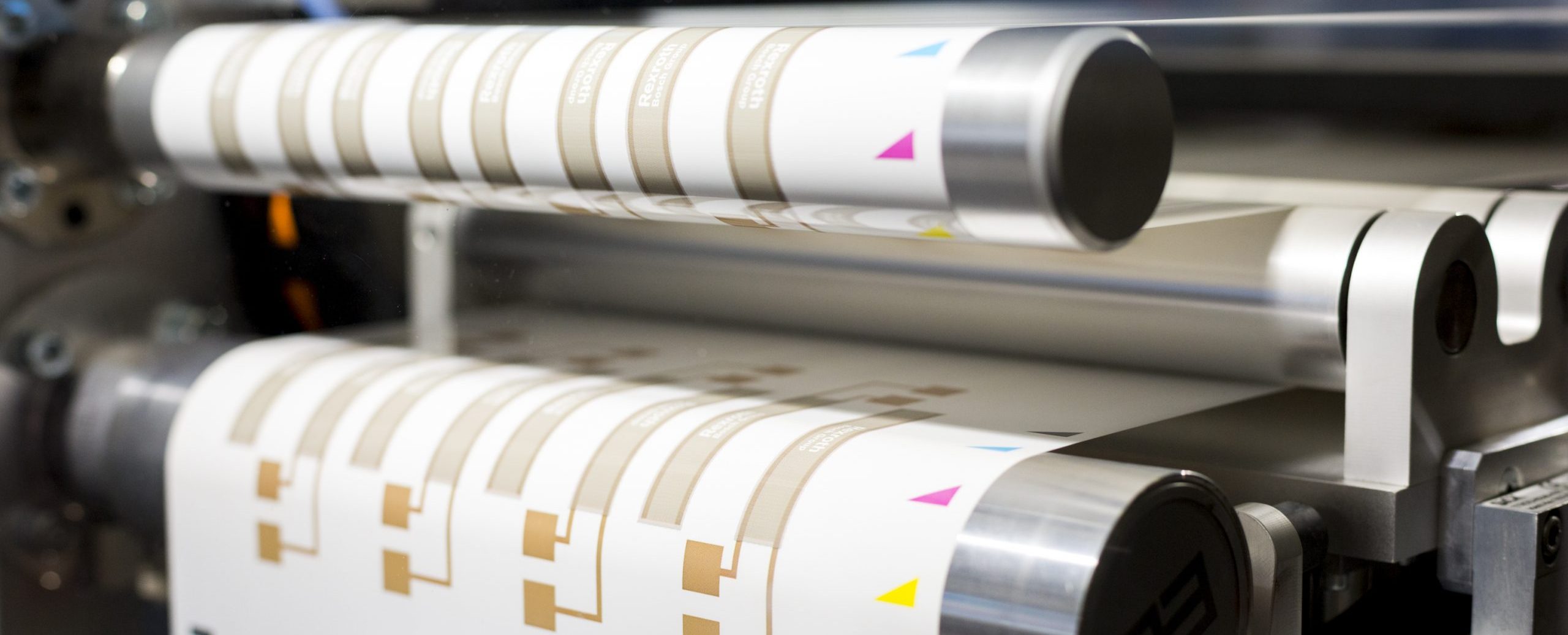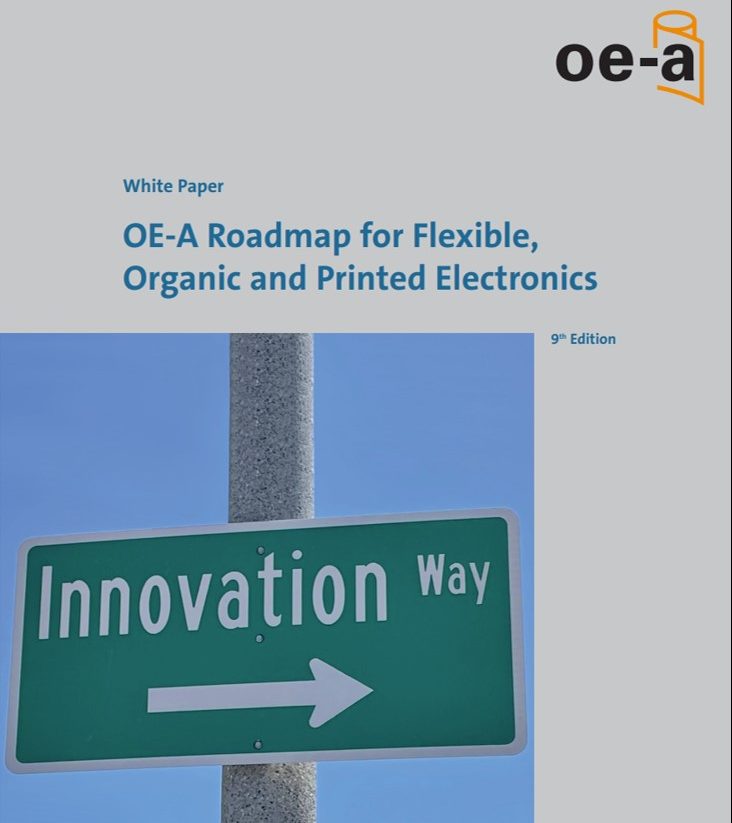Printed electronics enables the production of flexible and large-area components and complements silicon electronics. Ultrathin, lightweight, robust and economical to manufacture: these key features distinguish flexible and printed electronics from traditional semiconductor technologies.

At a glance
Flexible and printed electronics stands for a revolutionary new type of electronics – also called “emerging electronics” – which is thin, lightweight, flexible, robust, and produced at low cost. “Emerging electronics” means electronics beyond the classic silicon approach, including flexible, printed electronics from organic, polymeric or inorganic materials. The flexible and printed electronics technology also enables a wide range of electrical components to be produced and can be directly integrated into low cost reel-to-reel processes. This enables single-use, ubiquitous electronic devices and new applications. Closely related terms to printed electronics are e.g. organic, inorganic, plastic, polymer, flexible, thin-film, or large-area electronics. The majority of these technology areas is covered by OE-A and its members.

Variety of printing processes
The key elements of printed electronics are conductive, semi-conductive or dielectric inks and pastes. These can be economically printed on large area foils, such as polyester or other plastics, as well as on paper, glass or textiles. It is thereby crucial, that these materials can be processed using printing- and coating techniques.
There is no standard technique for producing printed electronics. Exactly which method is being used depends on the particular application, ink and substrate. The producer needs to consider whether a high resolution, throughput or homogeneity is required. Nearly all types of industrial printing processes are being used, ranging from gravure and flexographic printing, to screen and inkjet printing. However, these techniques need to be modified to allow the printing of electronics. It is furthermore possible to apply known processes from the classical semiconductor manufacturing, such as vapor deposition. The combination of all these types of process technologies with the knowledge from other industry sectors, such as material development and electrical engineering, has enabled the mass production of printed electronics.
Enabling new possibilities
Printed electronics is the key to the manufacturing of a multitude of electronic components. Varying from transistors, circuits and sensors to displays, light sources, solar cells and touch surfaces. This technology opens up new areas of application using a novel approach to manufacturing electronics. Due to its technical and design freedom, printed electronics complements classical electronics. New markets and innovative products are being created, that were first unthinkable.





